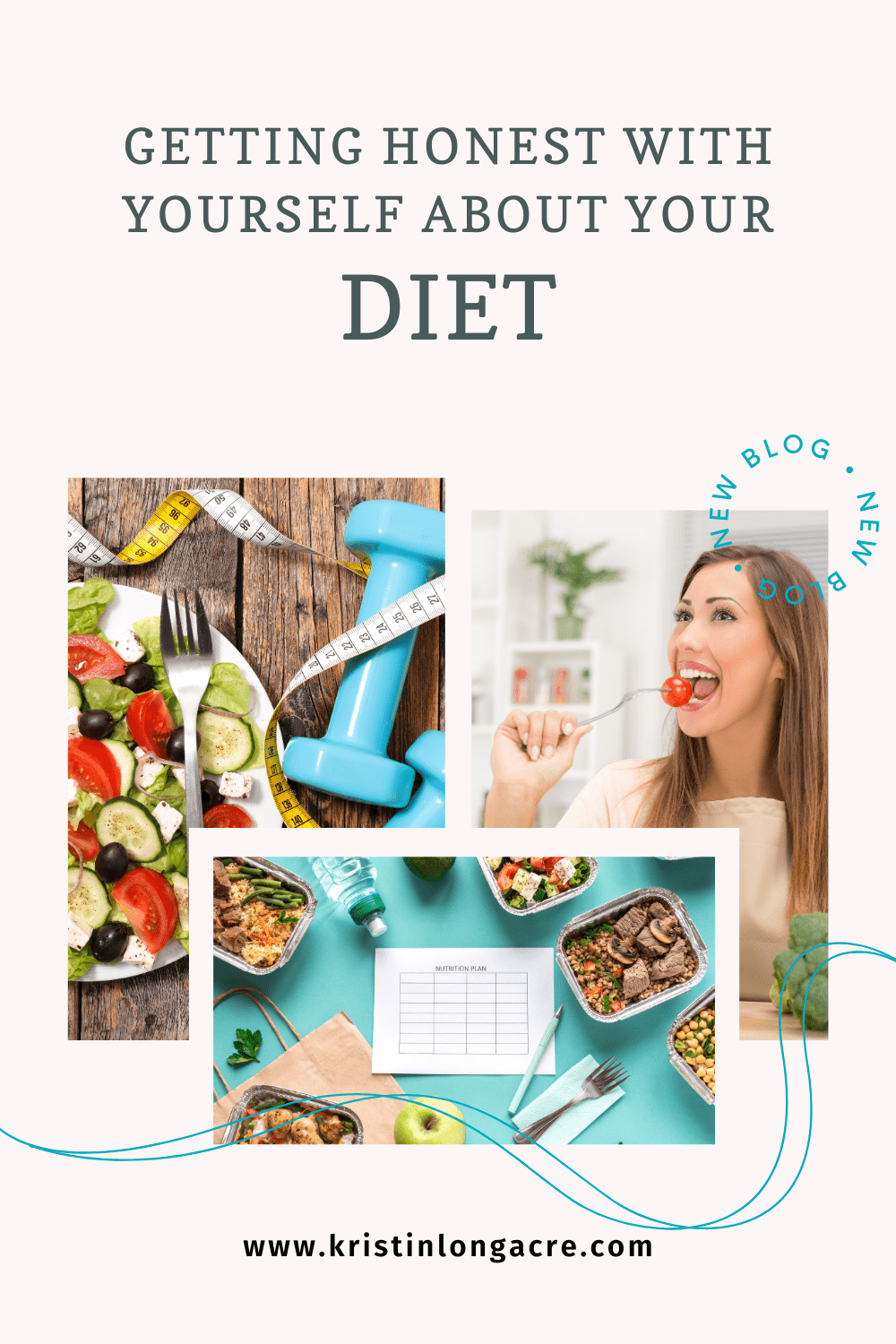March 21, 2023
While I get the convenience, we are relying TOO much on fast food these days and often deem it a “healthy option” as a good substitute for a home cooked meal. I’m not saying we shouldn’t rely on fast food. However, it’s important to know what the trade-off is.
There are ways to make your fast food meal a healthier option but there are things to consider before pulling up to the drive-up window.
Before we get into those, let’s talk about why fast food is not the healthiest… beyond the obvious salt and sugar.
Why Isn’t Fast Food Healthy?
Fast food is meant to be prepared fast. That means that most likely it is prepared ahead of time and then warmed up when you pull up to the drive-through. Whether it be in tubes or frozen patties, preservatives need to be used to have it ready to go.
Because of that, you’re not just getting a simple ingredient like a grilled chicken patty when you order it.
Not to single any restaurant out, but I use Chick-Fil-A as an example because it’s the one I run into most with my nutrition clients. Often deeming their grilled chicken sandwich a healthy alternative to the standard chicken nuggets and fries they have to offer.
While yes, it is a better option, I wouldn’t necessarily say their grilled chicken sandwich is “healthy”.
When looking at the website, the sandwich itself (no condiments added, just the bun and meat) has over 60 ingredients.
60 ingredients in two pieces of bread and a piece of chicken.
Before you chalk it all up to the bread, the chicken itself has over 20 ingredients. Based on the Chick-Fil-A website at the moment, ingredients vary by location.
I’m not bashing Chick-Fil-A. They need to do what they need to do to preserve the meat and flavor it, but it does lead to the question, how much is actually meat?
How Do You Eat Fast Food in a Healthy Way?
Eating a healthy diet at a fast food restaurant feels like an oxymoron. In some instances, it definitely can be.
But it goes back to your definition of healthy.
What is healthy for you might not be healthy for the person sitting next to you. We all have our own definitions of it based on our individual bodies.
Go in with a plan and a backup plan. I will forever encourage my clients to read the menu and the ingredients when possible.
Read the menu, not just the food you like but anything that sounds good. Don’t stop at the number of calories (even though often that’s what is easiest to find). Look at the protein, the carbohydrates, the vitamins (if there are any), and the ingredients.
Keep an eye on the sodium and sugar levels. How much of your daily intake is there?
Zeroing in specifically on things like smoothies or salads, the ingredients, and nutrition labels can be a game changer. I’ve often heard that smoothies are *always* healthy options but when I start to see the ingredients and things inside of them, they may not be.
How much fruit is in it? Processed sugars vs. natural sugars?
Same with salad dressings, the best way to make a salad taste good is to load it with dressing, right? Eh, no it’s to add more veggies ;). Again, spending time reading the ingredients can go a long way.
From there, keep an eye on what FEELS good when you do go to whatever restaurant. Chances are you often frequent the same places. Keep a note on your phone or write down how you are feeling after each time you eat there.
Feeling miserable isn’t just nausea or acid reflux. This could mean being exhausted after the meal, dealing with brain fog, or seeing heightened anxiety.
This may change over time. Keep this in mind, not only will the ingredients change but the way your body responds to different foods will too.
Taking planning one step further, planning carry-out as part of your weekly meal plans makes it easier to work around.
Knowing that every Friday night is carryout, or when you’re planning your week you know Wednesday is going to be CRAZY, penciling it in as your meal for the day allows you to have a plan before and after Fast food.
One meal out of 21 a week isn’t going to be the end of the world but fast food is still fast food. Eating out for multiple meals a week when the food doesn’t agree with your body is not going to help you make progress on your diet or health goals.
You don’t have to say goodbye to eating out altogether, but spending a little bit more time researching upfront, can lead to better long-term results.






